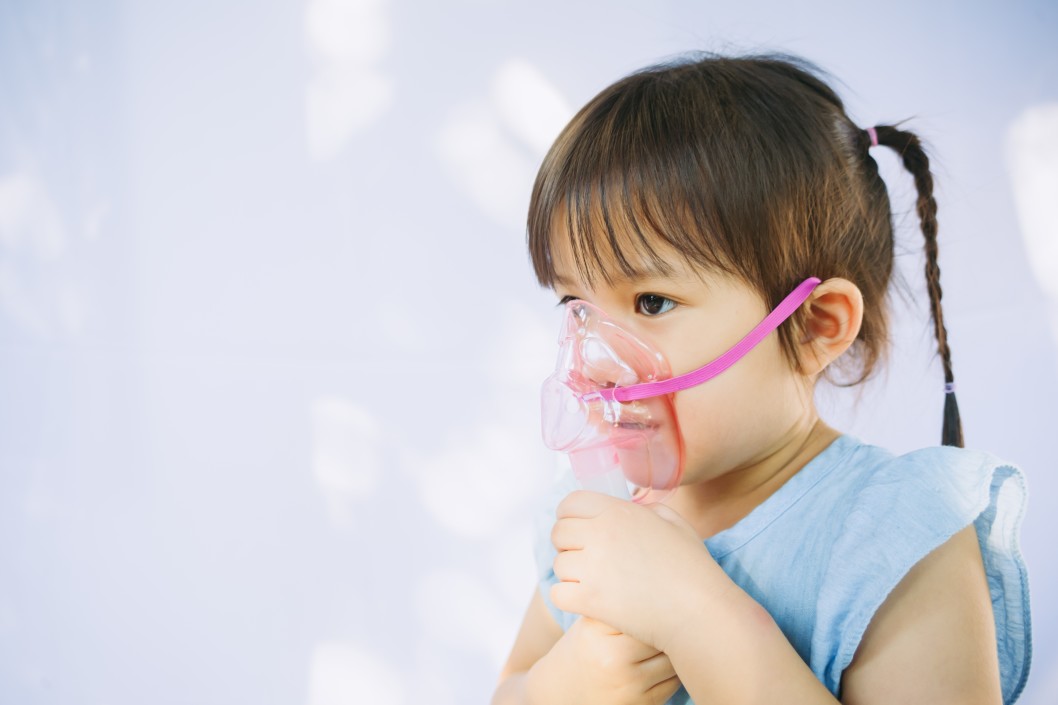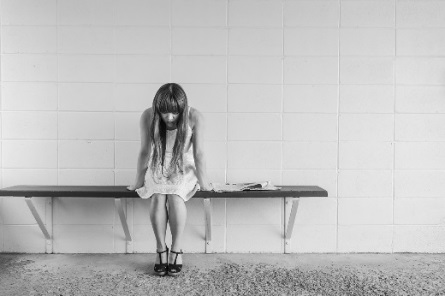All children – particularly those aged eleven and under – have experienced some type of respiratory distress at some point or another, in fact, some even have many during a calendar year.
There are two parts to the respiratory system that can be affected: the upper respiratory system which includes the sinuses, nose, mouth and throat and the lower respiratory system which is made up of the lungs and bronchial tubes.
Children who suffer from an upper respiratory infection can sound congested, suffer from irritability, restlessness, coughing when lying down, runny nose and even a fever that can spike to as high as 105.
While lower respiratory infections are less common, children can suffer from them and can experience symptoms like: shallow coughing, fever (which can also be an indication of pneumonia), difficulty breathing and wheezing. While both types of infections can mean a trip to your pediatrician’s office, a lower respiratory infection is a sure fire trip to the doctor.
Viruses are the most common cause of upper respiratory infections and lead to sore throats, the common cold and the flu. These ailments are typical among young children and typically run their course in four to ten days. Home remedies and over –the-counter medications are typically used to treat the symptoms of these infections as antibiotics aren’t effective for viral infections.
Bacterial infections are also a problem and ultimately lead to bacterial pneumonia – often after one of the more common viral ailments. Among the first signs of a bacterial infection is rapid breathing, irritability and decreased activity. While not effective on viral infections, antibiotics are typically prescribed for bacterial infections.
Watch your child and be aware of the early warning signs of respiratory infections. If after being treated, symptoms and conditions don’t improve, your best bet is to see your doctor for treatment.


